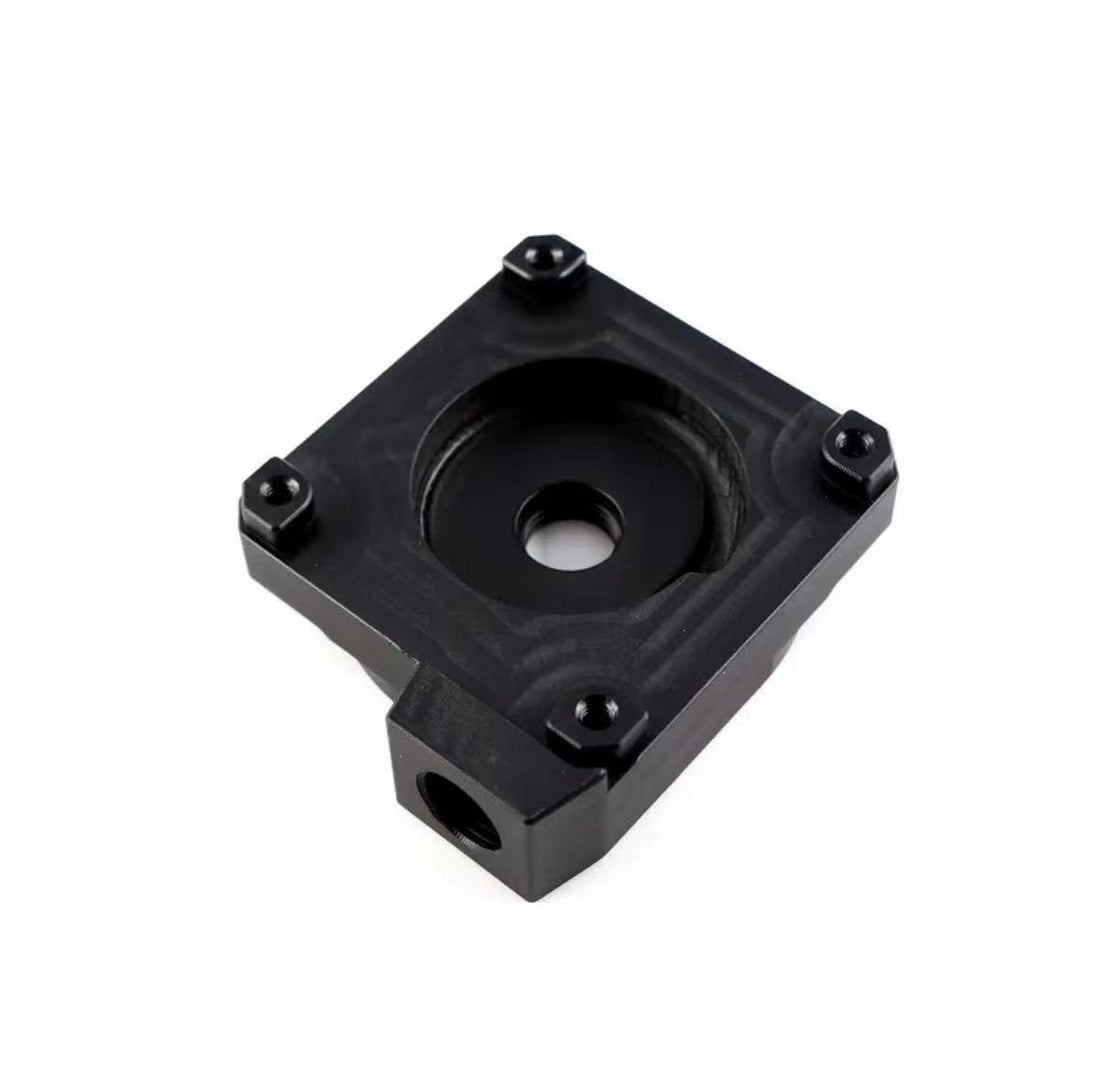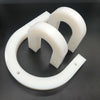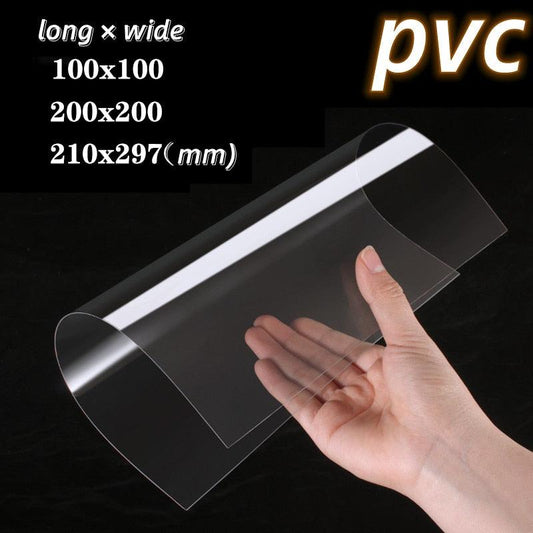When selecting materials for applications involving friction and wear, engineers must evaluate key properties like abrasion resistance, lubricity, and friction coefficients. Two popular thermoplastics, POM (polyoxymethylene) and nylon, perform quite differently in these areas. Analyzing their wear and friction characteristics provides insight into their suitability for different operating conditions.

Wear Resistance Comparison
Wear resistance depends heavily on a material's hardness and toughness. POM has high hardness and strength, conferring excellent resistance to abrasion and erosion. Its hardness level on the Rockwell scale reaches R125, much higher than nylon's R115-R120 rating. This extra hardness gives POM up to 5 times more resistance to abrasive wear over nylon in real-world applications.
Nylon also demonstrates good abrasion resistance, though POM performs better under high stress and continuous loads. In terms of frictional wear, POM experiences very low volume loss due to its intrinsic lubricity. Nylon has higher wear rates under sliding friction conditions, especially with higher normal forces and velocities. Over time, the advantages of POM's wear resistance become even more pronounced.

Sliding Friction Coefficients
Friction coefficients represent the ratio of friction force to applied load. The coefficient of dynamic friction relates to moving objects, while static friction involves stationary contact. POM possesses low static and dynamic friction coefficients around 0.25-0.30. Nylon’s static and dynamic values run higher at 0.5-0.7.
POM’s molecular structure gives it an inherent lubricating capability that nylon lacks. The strong carbon-oxygen bonds in the POM molecule allow sections to regularly reorient themselves under friction, maintaining a lubricating layer. This allows POM to outperform nylon in continuous sliding or rotating applications.

Performance Under Friction
When subjected to high loads and constant friction, POM maintains its low friction properties without seizing up. The same cannot be said for nylon, which loses lubricity over time leading to performance declines. For example, POM excels in production equipment with chains, bearings, and gears under constant motion. It also makes an ideal material for consumer product components involving frequent human contact and movement.
The self-lubricating properties of POM also give it a noise reduction advantage. Applications using POM components tend to produce less audible squeaking and friction noise compared to nylon alternatives. This quieter operation improves the consumer experience.
When reviewing the wear resistance and frictional characteristics, POM provides superior performance under challenging conditions requiring durability. With excellent abrasion resistance and natural lubricity, POM is ideal for low-friction, high load environments involving continuous contact and motion. While nylon resists wear decently in light duty applications, POM outperforms nylon where friction is constant and loads are heavy.







